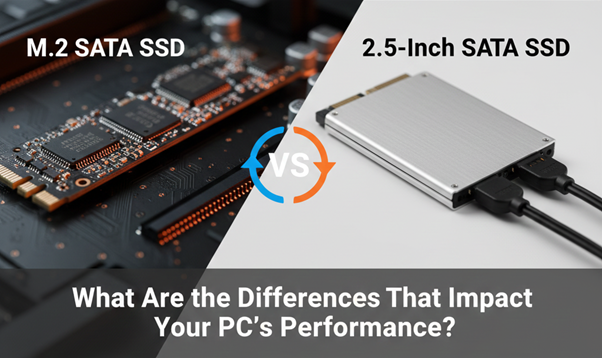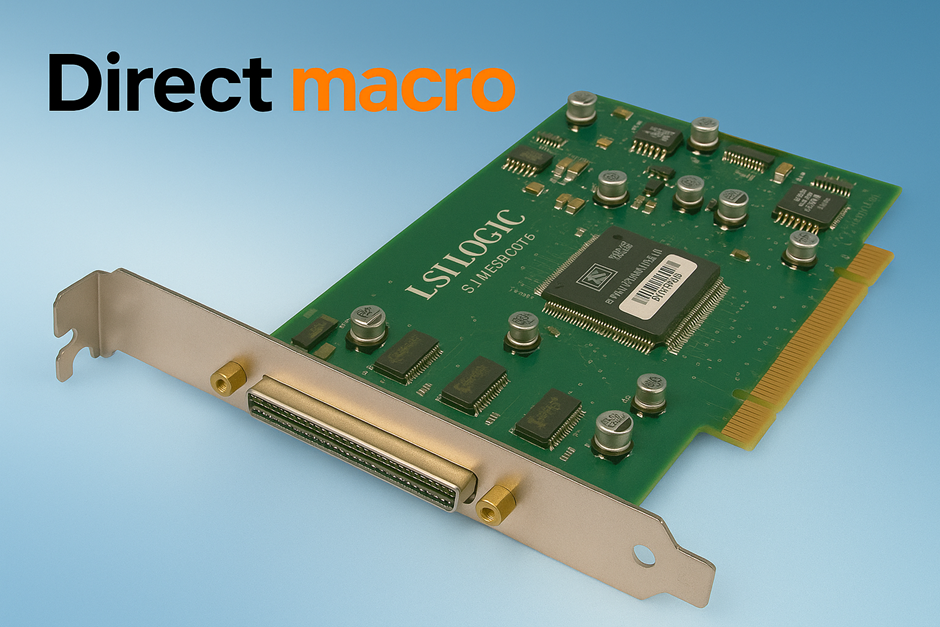How to Pick the Best Motherboard for Your Needs in 2024
If you’re gearing up to Build a Gaming PC or planning to upgrade an existing one, the motherboard is a key piece you’ll need to pick. It’s the hub that connects all your computer’s parts. Choosing the right one can seem tricky with so many options out there. In this blog, we’ll guide you through the method of selecting the best motherboard for your computer in 2024, covering essential topics such as specifications, sizes, types, and how to buy the right one.
Understanding Computer Motherboards
Before diving into the details of choosing the Best Motherboard 2024, let’s first understand what a motherboard is? The motherboard is a strong component of your computer, which is a printed circuit board responsible for housing and linking all the essential hardware components like the CPU, RAM, storage, and peripherals. It provides communication pathways between these components and enables them to work together seamlessly.
Motherboard Specifications
When choosing a motherboard, you’ll need to consider its specifications. The most vital motherboard specifications include the following:
- Socket type: The CPU socket type determines what kind of CPU you can use.
- Chipset: The chipset determines available features, such as USB and SATA ports, memory support, and overclocking capabilities.
- Form factor: The form factor determines the physical size and shape of the motherboard and what case size and layout you’ll need.
- RAM support: The type of memory supported by the motherboard, including the maximum capacity, speed, and number of memory slots available.
- Expansion slots: The number and type of expansion slots available on the motherboard, including PCIe, M.2, and SATA slots.
Motherboard Sizes
Motherboards come in different sizes, each with its own advantages and limitations. The most common motherboard sizes include:
- ATX: The most common motherboard size, suitable for most desktop builds, providing the most expansion slots, including up to four PCIe slots and four RAM slots.
- Micro-ATX: A smaller version of the ATX motherboard, suitable for compact builds with fewer components, providing fewer expansion slots, including up to two PCIe slots and four RAM slots.
- Mini-ITX: The smallest motherboard size, suitable for compact builds such as home theater PCs and small form factor builds, providing only one PCIe slot and two RAM slots.
Types of Motherboard
Motherboards can also be categorized based on their intended use or target market. The common types of motherboards include:
- Consumer motherboards: Designed for home and office use, suitable for general computing tasks, gaming, and multimedia use.
- Gaming motherboards: Designed for high-performance gaming, with additional features such as improved audio, networking, and overclocking capabilities.
- Workstation motherboards: Designed for professional workloads such as video editing, 3D rendering, and scientific computing.
- Server motherboards: Designed for server use, with additional features such as multiple CPUs, ECC memory support, and support for RAID configurations.
How to Choose the Best Computer Motherboard
Choosing the perfect motherboard can be challenging, but it doesn’t have to be. Here’s a step-by-step guide on how to choose the right motherboard for your needs in 2024.
Determine Your CPU Compatibility
The first step in choosing a motherboard is determining what CPU you want to use. Different CPUs require specific socket types, so you must choose a motherboard that supports your CPU. For example, if you want to use an Intel CPU, you’ll need a motherboard with an LGA socket, whereas if you’re going to use an AMD CPU, you’ll need a motherboard with an AM4 or TR4 socket.
Choose Your Form Factor
The next step in choosing a motherboard is to select your desired form factor. The form factor will determine the physical size and shape of the motherboard and what case size and layout you’ll need. If you’re building a standard desktop PC, an ATX motherboard will be suitable, whereas a Micro-ATX or Mini-ITX motherboard may be a better choice if you’re building a compact PC.
Consider Your Expansion Needs
The number and type of expansion slots on a motherboard are essential factors to consider when choosing a motherboard. If you intend to use multiple GPUs, you’ll need a motherboard with multiple PCIe slots. You’ll also need a motherboard with multiple SATA or M.2 slots if you plan to use multiple storage drives. Consider what peripherals you plan to use and choose a motherboard that can accommodate them.
RAM Support
The amount and type of memory you can use are determined by the motherboard’s RAM support. If you are using large amounts of RAM or want high-speed memory, choose a motherboard with multiple RAM slots and support for high-speed RAM.
Determine Your Budget
Motherboards come in a wide range of prices, so determining your budget is essential. Determine how much you’ll spend on a premium motherboard and choose one that offers the features you need within your budget.
Consider Your Intended Use
Lastly, consider your intended use when choosing a motherboard. If you plan to use your computer for gaming, buying a motherboard with additional features such as improved audio and networking. If you use your computer for professional workloads, choose a workstation or server motherboard with additional features such as multiple CPUs and ECC memory support.
What to Look for in a Motherboard
When choosing a motherboard, there are a few additional factors to consider. These include:
- BIOS firmware: The BIOS firmware is essential as it controls the boot process and allows you to configure your computer’s hardware. Look for a motherboard with a user-friendly BIOS interface and adequate configuration options.
- Onboard I/O connectors: Look for a motherboard with adequate onboard I/O connectors such as USB, Ethernet, and audio jacks. Consider the number and location of these connectors and whether they meet your needs.
- Audio quality: If you plan to use your computer for multimedia tasks such as gaming or video editing, consider a motherboard with improved audio quality features such as high-quality audio codecs or dedicated audio chips.
- Overclocking capabilities: If you plan to overclock your CPU, look for a motherboard with improved power delivery and cooling features such as improved VRMs, heatsinks, and fan headers.
FAQs
What Are the Differences Between ATX and Micro-ATX Motherboards?
An ATX motherboard is larger and provides more expansion slots than a Micro-ATX motherboard, which is smaller and more compact.
Can I Use a Server Motherboard for Gaming?
Yes, you can use a server motherboard for gaming, but it may not offer additional features such as improved audio and networking that a gaming motherboard provides.
What Is ECC Memory Support?
ECC memory support is a feature that detects and corrects errors in memory data, providing improved system stability and reliability.
What Is the Advantage of Using a Mini-ITX Motherboard?
A Mini-ITX motherboard is suitable for compact builds such as home theater PCs and small form factor builds, providing a small footprint and low power consumption.
Can I Use DDR4 Memory on a DDR3 Motherboard?
No, DDR4 memory is not compatible with DDR3 motherboards. You must pick a motherboard that supports the same type of memory as the one you plan to use.
What Is the Difference Between a Workstation and a Server Motherboard?
A workstation motherboard is designed for professional workloads such as video editing, 3D rendering, and scientific computing, whereas a server motherboard is designed for server use, with additional features such as multiple CPUs, ECC memory support, and support for RAID configurations.
Can I Mix Ram Sizes and Speeds on a Motherboard?
Yes, you can mix RAM sizes and speeds on a motherboard, but it may not be optimal. It’s best to use RAM modules of the same size and speed for optimal performance.
Final Thoughts
Direct Macro is a leading supplier of computer components, specializing in network devices, printers, and other related products. As a wholesale supplier, we offer competitive prices for server hardware, storage solutions, and related sub-systems. Our skilled sales staff is dedicated to helping businesses quickly find the top computer components they need. We are committed to being a reliable partner for our clients and providing exceptional service.
Do you need advice on buying or selling hardware? Fill out the form and we will return.

Sales & Support
(855) 483-7810
We respond within 48 hours on all weekdays
Opening hours
Monday to thursday: 08.30-16.30
Friday: 08.30-15.30








